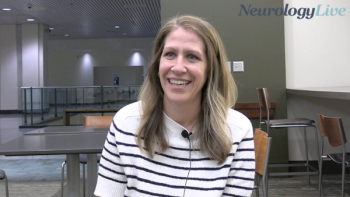
Optimizing Treatment Selection and Moving Beyond the Plateau
Panelist discuss individualized treatment strategies that balance efficacy, tolerability, and lifestyle considerations to move patients beyond maintenance plateaus in chronic inflammatory demyelinating polyneuropathy (CIDP) care.
Chronic inflammatory demyelinating polyneuropathy (CIDP) management has traditionally relied on corticosteroids, plasma exchange, and intravenous immunoglobulin (IVIg)—therapies that remain clinically effective but often carry substantial treatment burden. Infusion fatigue, fluctuating response, and cumulative side effects can limit patients’ quality of life and complicate long-term disease control. With the emergence of FDA-approved subcutaneous immunoglobulin formulations and novel targeted therapies such as efgartigimod, neurologists now have greater flexibility to tailor therapy to patient needs and comorbidities. These evolving options underscore the importance of individualized care strategies that balance efficacy with sustainability over time.
In this new Special Report, clinical expert Amit Sachdev, MD, discusses how neurologists can move beyond a “maintenance plateau” mindset to help patients achieve better functional outcomes. He explores key factors that inform treatment selection—including comorbid conditions, tolerability, and patient lifestyle—and shares clinical reasoning frameworks for personalizing therapy choices. Dr. Sachdev also emphasizes the need to reassess treatment goals regularly, particularly as newer modalities redefine what long-term success can look like in CIDP care.
Newsletter
Keep your finger on the pulse of neurology—subscribe to NeurologyLive for expert interviews, new data, and breakthrough treatment updates.




































